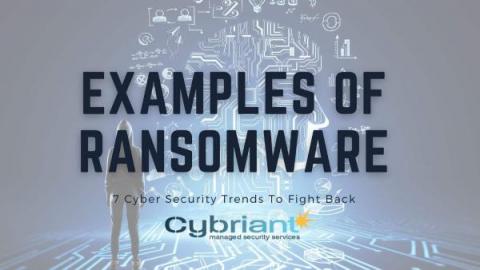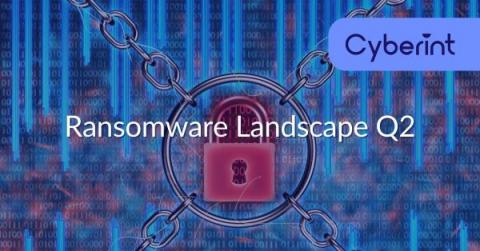How Phishing works
Social engineering is the art of manipulating people so that they give up confidential information or perform an action you ask them to do. Social engineers are usually trying to trick victims into giving them their credentials, bank information or access to computers to secretly install malicious software. Find out how phishing actually works and what you can do to reduce the risk.









